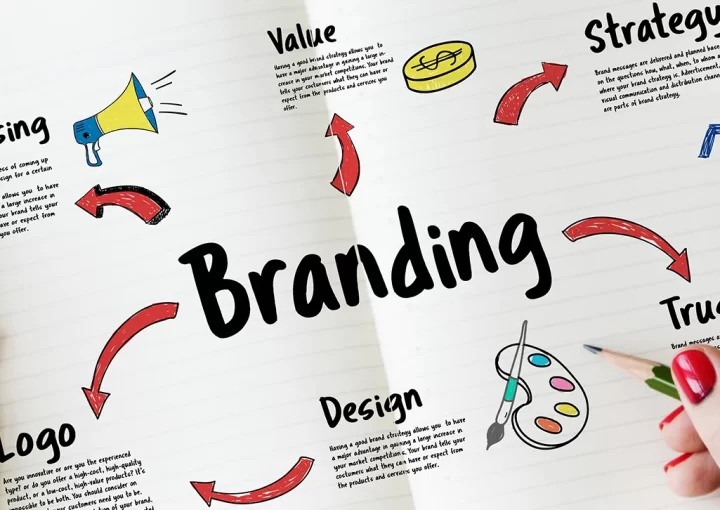In a world dominated by technology and rapid change, branding matters more than ever. It’s no longer just about having a sleek logo or a clever slogan. Today, branding shapes how your audience feels, thinks, and connects with your business.
Whether you’re launching a startup, building a personal brand, or scaling a tech solution, your brand is your voice. And in this noisy digital age, having a clear, memorable voice is essential.
What Is Branding, Really?
At its core, branding is the strategic expression of your identity. It includes your visual design, tone of voice, customer experience, and values. But more importantly, it’s the promise you make to your audience—and whether you deliver on it.
Modern consumers don’t just buy products. They buy stories, trust, and the emotion your brand evokes. According to a 2023 study by Lucidpress, consistent branding across all platforms increases revenue by up to 23%.
Why Branding Matters More Than Ever
In the past, businesses could survive on product quality alone. But today, your competitors can match your features, price, and distribution. What they can’t copy? Your brand story.
A strong brand:
- Builds trust in a crowded market
- Increases customer retention and loyalty
- Boosts perceived value
- Drives organic traffic and engagement
- Encourages referrals and user advocacy
Think about companies like Apple, Tesla, or even smaller disruptors like Notion. Their success is not solely about innovation—it’s about how they communicate their vision and create emotional connection.
The Role of Branding in Tech and Innovation
In fast-moving industries like tech, AI, and software development, branding can feel secondary. But it’s actually more important here than anywhere else. Fuzzy Port explores this intersection of technology and creativity, where standing out isn’t a luxury—it’s a necessity.
Users want to know not just what your app does, but why it matters. Branding helps you answer that. It’s the bridge between product and perception.
If you’re a startup founder or a digital entrepreneur, investing in branding early will save you time and money later. According to Forbes, 59% of consumers prefer to buy from brands they already recognize.
The Psychology Behind a Powerful Brand
Humans are emotional beings. A brand that evokes trust, aspiration, or belonging will always outperform one that feels generic or transactional. The most powerful brands create an emotional footprint in our minds.
That’s why storytelling, brand voice, and visual consistency play a huge role. Color schemes, fonts, and even the language you use send cues about who you are and what you stand for.
And it’s not just for B2C companies. In B2B industries, branding builds credibility and authority—key drivers of long-term partnerships.
Branding and SEO: The Overlooked Connection
Branding and SEO are often treated as separate strategies. But the reality is, they support each other.
When users search for your company or related topics and find consistent, engaging content, you increase dwell time, click-through rates, and backlinks—all of which improve your search engine rankings.
How to Build a Brand That Lasts
Here’s a quick roadmap:
- Define your purpose – What problem are you solving?
- Know your audience – Who are they and what do they care about?
- Create a unique voice – Consistent tone builds recognition
- Design with intention – Visuals that reflect your values
- Tell a compelling story – Authenticity over perfection
- Show up consistently – Across platforms and interactions
Final Thoughts
In this era of digital saturation, branding is your competitive edge. It’s no longer optional—it’s essential. Whether you’re building the next big SaaS solution or launching a creative side project, branding is what turns interest into loyalty, and clicks into conversions.
As the digital world continues to evolve, so must your brand. Keep it human. Keep it real. And most importantly, keep it curious—just like the readers of Fuzzy Port.
Check out our other articles here in Fuzzyport.







